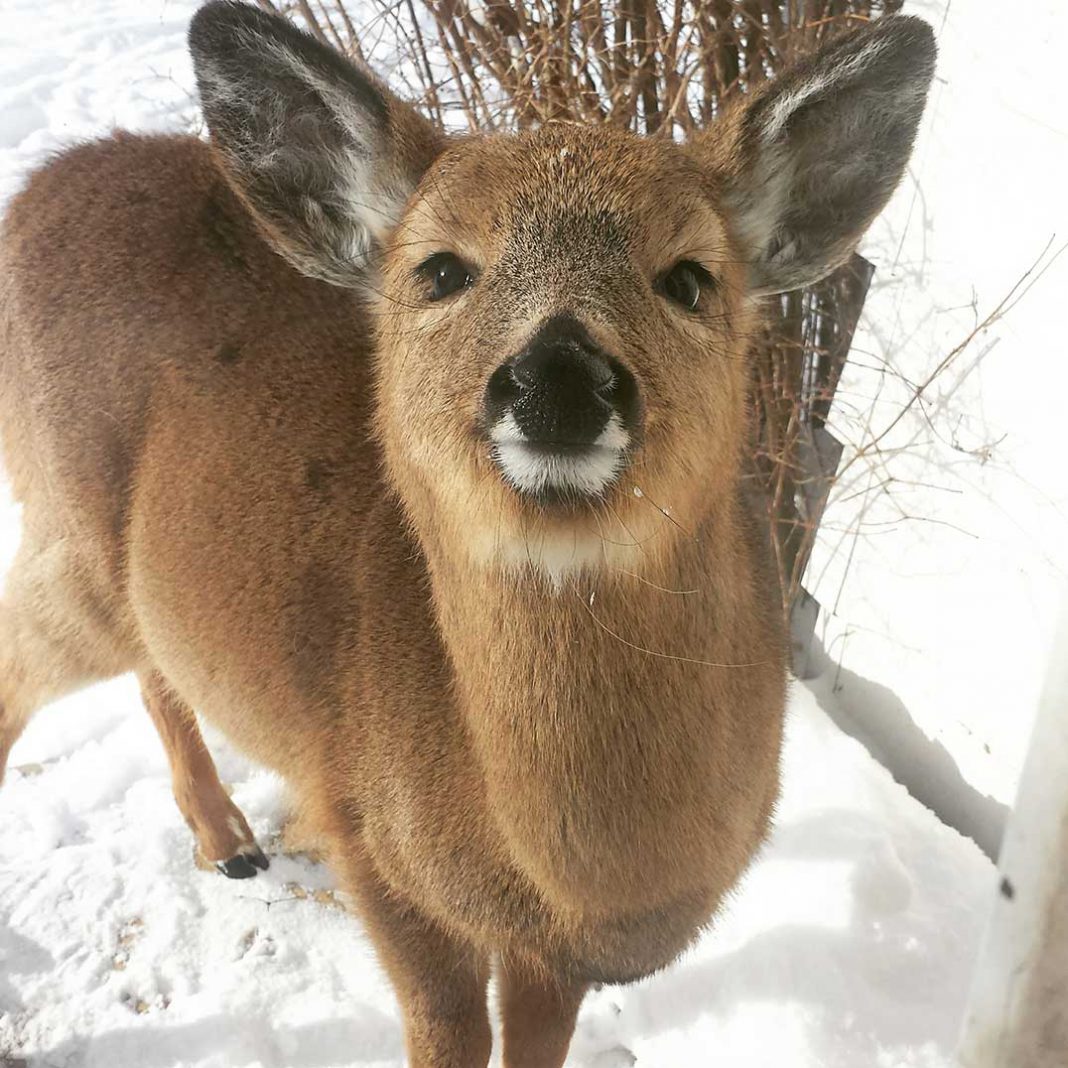ONTARIO—Thus far, chronic wasting disease (CWD) monitoring by the Ministry of Natural Resources and Forestry (MNRF), amid fears that CWD is expanding in the deer population, has shown that the disease has not spread to Ontario deer.
“The Ministry worked with Ontario hunters to conduct additional testing (in 2018) of deer, elk, moose and caribou in Eastern Ontario, in Wildlife Management Unit 65, the area closest to the recent cases in Quebec,” said MNRF spokesperson Jolanta Kowalski, earlier this week. “This was in addition to the already planned surveillance in southwestern Ontario. To date, all samples tested have been negative for CWD.” This includes tissue samples taken from 300 deer in eastern Ontario this past fall, which all tested negative.
Ms. Kowalski pointed out, “the ministry continues to work with the Ministry of Agriculture, Food and Rural Affairs and the Canadian Food Inspection Agency on measures to manage CWD-related risks.”
“While CWD has never been detected in any wildlife in Ontario, the ministry took immediate measures to increase monitoring due to the recent cases of (CWD) on a farm in Quebec,” said Ms. Kowalski. She said if CWD ever spread to Ontario deer herds it could have a significant negative impact on wildlife and the economy.
The ministry has conducted a surveillance program for CWD annually since 2002.
CWD is a progressive, fatal nervous system disease that can infect white-tailed deer, mule deer, moose, elk and reindeer. It has never been confirmed in humans but is similar to mad cow disease which crossed species and has killed humans. Some scientists believe it is just a matter of time before CWD crosses to humans.
CWD can potentially decimate deer herds. In Canada, CWD has only been found thus far in Saskatchewan, Alberta, and most recently, in Quebec.
In addition to surveillance for the disease, the province prohibits importing high-risk parts of carcasses and bans the use of products that contain bodily fluids from any hoofed animal.
She said to the best of her knowledge, CWD surveillance has not been conducted in northwestern Ontario thus far.
As to whether the tests have ever have ever been carried out by the MNRF on Manitoulin Island or close to it Ms. Kowalski added, “each year, MNRF science staff use a risk-based model to help guide which area of Ontario to survey for CWD. Informed by the model results, MNRF conducted CWD surveillance in the Huron-North Shore area in 2007 and on Manitoulin in 2008. As well, both Manitoulin and North Shore areas were surveyed again in 2016. All samples were negative for CWD.”





